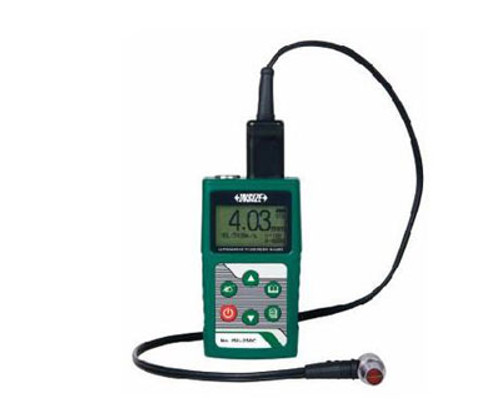Non Destructive Testing Methods and Equipment
Before beginning a project, a key step is the evaluation and inspection of the work area. In order to work efficiently, you must accurately assess the root and extent of the problem you’re addressing. However, if not done carefully and with the correct equipment, the evaluation process can end up causing damage to the work area, part or system being repaired.
The bright side is that there is a range of existing methods and equipment available to prevent that damage and perform tests accurately. Read on to learn about some of the non destructive testing methods and equipment that can serve you in your next project.
Thickness Gages
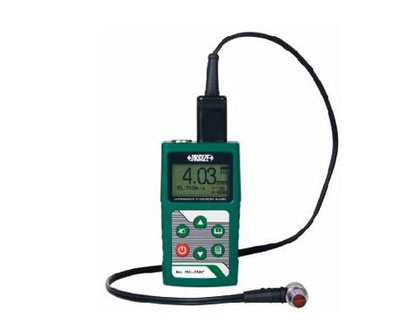
A thickness gage is a great tool for taking accurate readings on a number of objects without causing them damage. These devices are great for measuring the thickness of load-bearing support structures, pipes, and walls. Before beginning a project, thickness gages are an extremely useful, non destructive method for fully evaluating your workspace.
Thermal Imagers
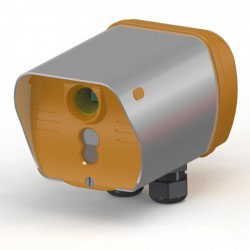
Thermal imagery is an essential non destructive testing method. If you work in electrical inspection, addressing heating and cooling issues or HVAC issues, you need a thermal imager to see heat through walls and identify issues.
Flaw Detectors
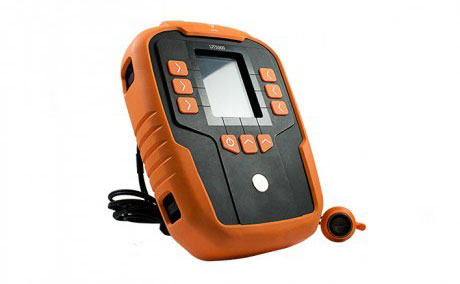
You will be happy you took the extra step to mitigate damage if you use a flaw detector before doing work on a wall. A flaw detector can sense cracks and cavities that you would otherwise need to open a wall up to see.
Hardness Testers
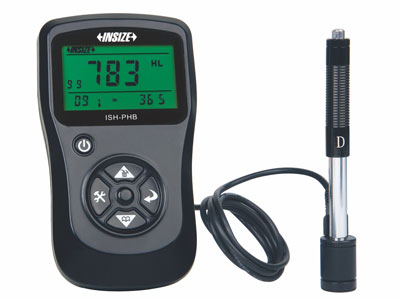
In addition to knowing the thickness, heat composition and flaw positioning of the material you are testing, it is important to know its toughness and impact resistance. Hardness testers allow you to assess just that.
Voltage Sensors
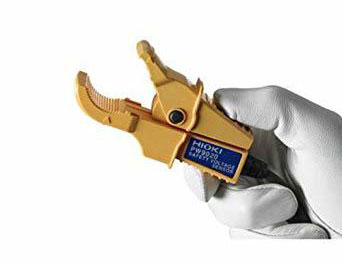
Voltage sensors allow you to evaluate the amount of electricity flowing from a given material. A non contact voltage sensor is a great tool for determining energy levels to prevent electrical issues without causing harm to you or the surrounding area.
Incorporating non destructive testing methods and equipment into your project preparation will allow you to assess a problem and prepare for work without causing any unnecessary damage to the material you’re testing.

